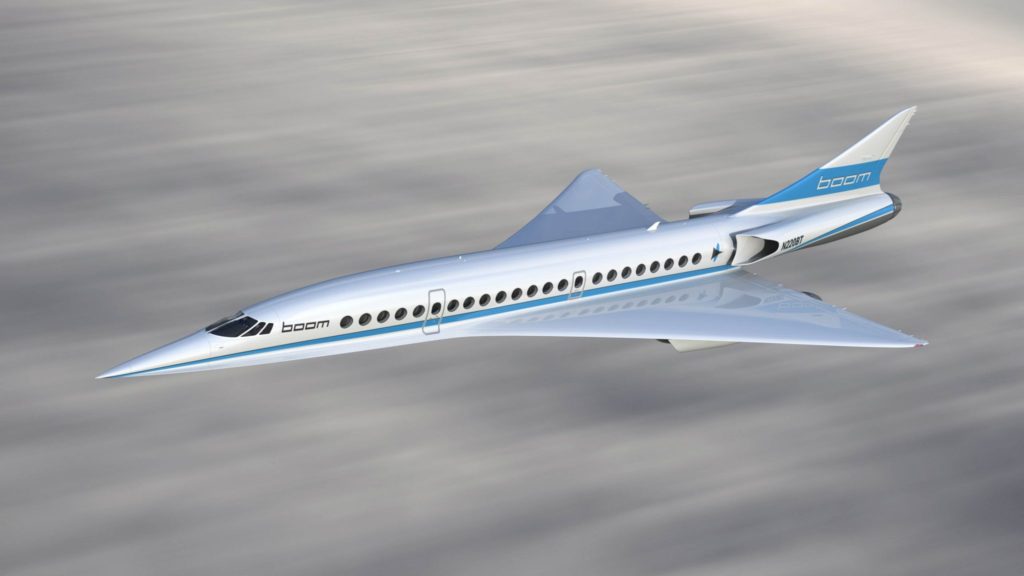Aviation and aerospace add over £22 billion to the UK economy every year and in 2016, 268 million passengers passed through UK airports, an increase of 50% since 2000. Air freight is a critical business with 2.4 million tonnes of freight transported by air each year with a value of £3 billion.
Driven by innovation in engineering, technology and business models, the way we move people and goods around is transforming with ‘mobility as a service’ challenging our assumptions on how we travel. The crucial impact this sector has on the UK economy has been recognised by the government with the Future of Mobility one of just four Grand Challenges identified in its Industrial Strategy; the ambition is for the UK to be a world leader in shaping the future of mobility.
So how is the sector growing and changing and what will the future of flight look like? What can aviation offer a future mobility strategy? How can organisations capitalise on the changes and help to achieve the government’s ambition?
The Knowledge Transfer Network (KTN) was commissioned on behalf of Innovate UK to explore those questions and undertake research to understand how UK businesses can help transform the ways we move people and goods by air. The research involved:
- exploring how UK airports are working to deliver change and defining the factors dictating passenger flight choices
- gathering consumer data to understand journey ‘pain points’
- understanding business innovation opportunities and the barriers to implementing them
16 airports of various sizes across the UK were selected, including a minimum of one from England and each devolved administration.
Airports are businesses: car parks and terminal retail represent two important revenue streams. The challenge for airports is to demonstrate they are working towards supporting modal or behavioural shifts by offering public transport options or vehicle charging points whilst generating an income.
Travelling to and from the airport can be a challenge for the passenger but it is also a challenge for airports. Airports are skilled at dealing with customers once within their premises, but what of dealings with wider stakeholders and the requirement to get passengers to and from airports? Many airports have published surface access strategies to demonstrate to passengers and government their strategy to reduce congestion, improve efficiencies and reduce emissions.
The KTN report has considered all of these elements with case studies from each airport included covering aspects such as increasing flight choices, improving the terminal experience, external stakeholders and using digital technologies to communicate with passengers.
In addition to the 16 airports surveyed, 1,000 predominately leisure travellers were interviewed; the demographic of the sample ensured a spread from across the UK, an equal gender split and an age range from 16-65+. Their attitudes not just to flight but to the whole journey were considered in depth.
The results showed that, of the 1,000 passengers, nearly 2/3 had flown within the past year and 82% identified one aspect of the experience that has the ability to make the journey experience negative. The cited concerns over terrorism and security, crashing, comfort, disrupted plans and lost luggage. Travelling with children was also raised as an issue, although an unwillingness to leave pets at home was of greater concern to many.
The research identified pain points in the passenger journey including the cost of flight, pre-flight communications, queuing, collecting baggage, feeling exploited in the terminal and the cleanliness of planes.
Following extensive research, KTN identified key issues and posited some solutions. These included a more comprehensive use of smart technology; improved infrastructure; better information for passengers pre-flight, during their stay in the terminal, on the flight (speed, weather, arrival time etc) and at the destination airport; better procedural flexibility; and improved comfort in the terminal and on the flight.
The outputs from the consultation have been collated into one Sharpcloud story so it can be accessed by anyone. Access to this will allow you to view two detailed research reports; one from the passengers’ perspective and one from the airports’ perspective. In addition, access to Sharpcloud will provide a wealth of data allowing users to navigate through the passenger journey from beginning to end and examine in detail the story of the future of flight.
You can see the whole story on the future of flight here.

